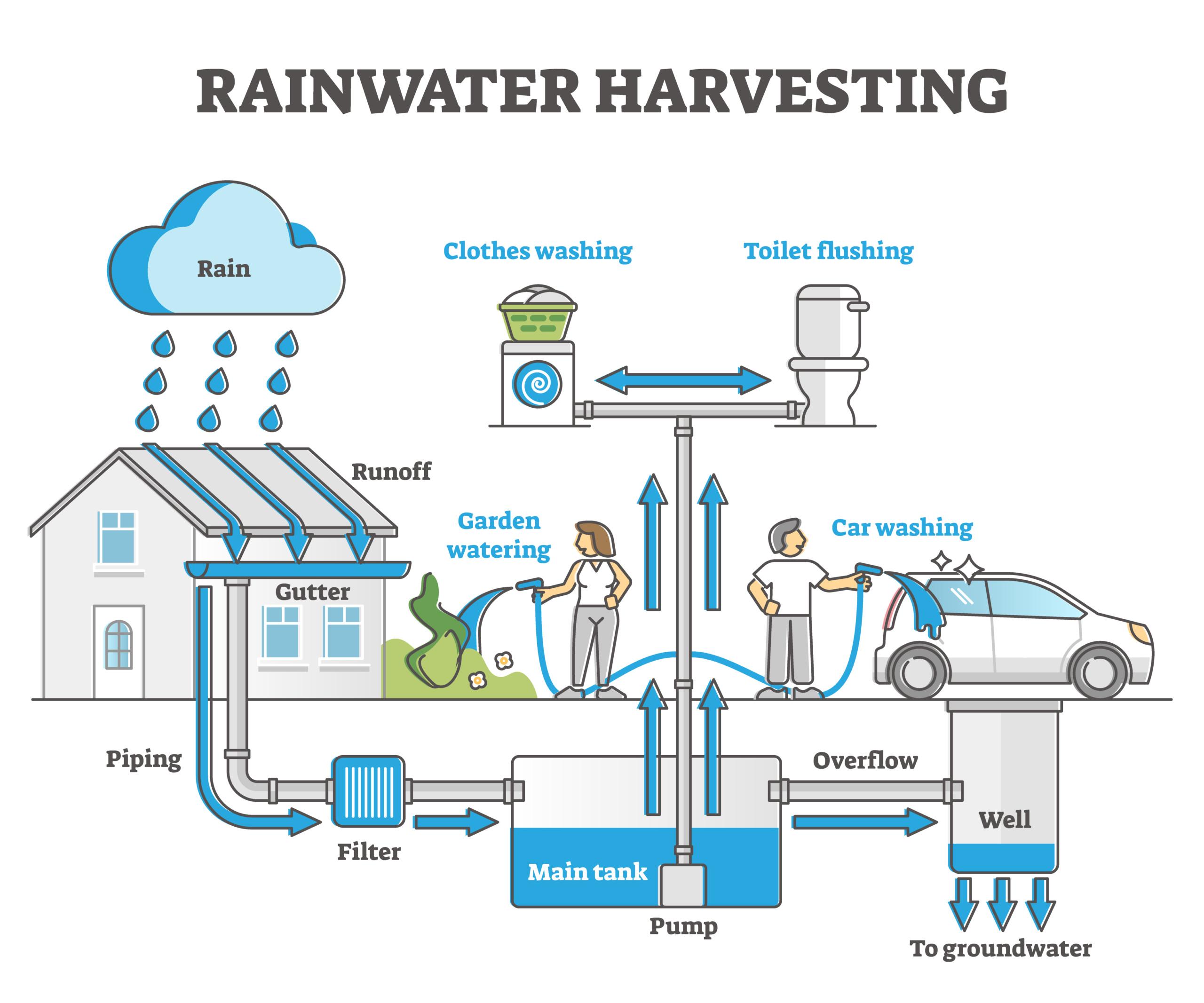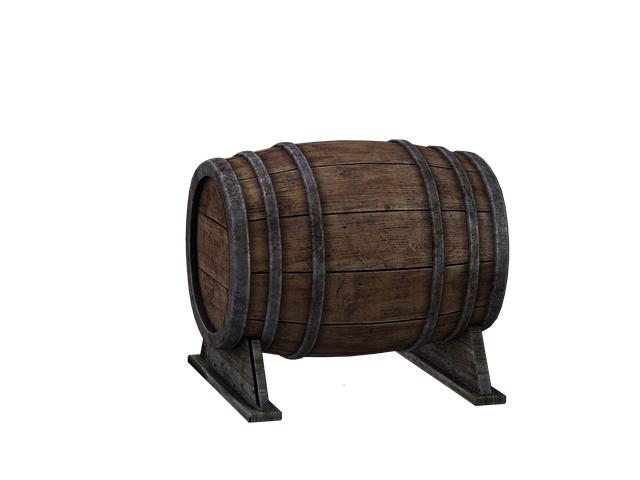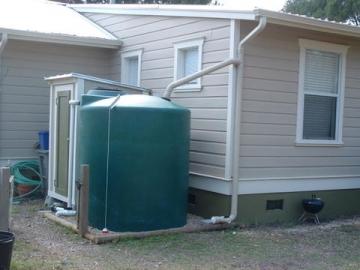As the first drops of rain dance upon parched earth, a remarkable opportunity unfolds for the astute observer: a chance to harness nature’s bounty through the simple yet transformative act of collecting rainwater. Amidst growing concerns over water conservation and enduring practices, rain barrels emerge as unsung heroes in our quest for efficient resource management. These unassuming vessels not only promise a way to capture and utilize rainwater, but they also invite us to rethink our relationship with this precious resource. In an age where every drop counts, understanding how to implement and maximize the use of rain barrels can empower individuals and communities alike, fostering a lifestyle that embraces ecological mindfulness while nurturing our gardens and greening our spaces.Join us as we explore the art of rainwater collection, illuminating the practical benefits and innovative techniques that make rain barrels a vital component of sustainable living.
Exploring the Benefits of Rainwater Harvesting for Sustainable Living
Harvesting rainwater is not just an eco-friendly practice; it’s a gateway to sustainable living that offers myriad benefits for households and communities alike.By installing rain barrels, individuals can effectively capture and store rainwater, allowing for efficient utilization of this natural resource. This practice helps alleviate pressure on municipal water systems, especially during drought seasons, and can substantially reduce water bills. furthermore,using harvested rainwater for irrigation purposes not only conserves potable water but also promotes healthy plant growth,as rainwater is often softer and free from the chemicals found in treated water.
The advantages of rainwater harvesting extend beyond personal savings and environmental conservation; they also contribute to a larger collective impact. Implementing such systems can lead to reduced flooding and stormwater runoff, thus minimizing erosion and protecting local waterways from contamination. Additionally,it empowers communities to be more resilient against climate variability. Below is a concise overview of key environmental benefits of rainwater harvesting:
| Benefit | description |
|---|---|
| Water Conservation | Reduces reliance on ground or piped water supplies. |
| Flood Mitigation | Decreases surface runoff during heavy rainfall. |
| Soil Quality Advancement | Rainwater is frequently enough softer and more beneficial for the soil. |
| Cost Savings | Lower water bills and potential rebates for systems. |

Choosing the Right Rain Barrel: Materials, Size, and Design Considerations
When selecting a rain barrel, the materials used can significantly impact durability and aesthetics. Common options include plastic, wood, and metal.Plastic barrels are lightweight, rust-resistant, and frequently enough come in various colors to blend with your landscape.Wooden barrels offer a rustic charm but may require more maintenance to prevent rotting.Metal barrels, while sturdy and long-lasting, can rust if not properly coated. Each material involves trade-offs, so consider your climate and usage patterns to find the best fit for your needs.
Size is another crucial consideration; the ideal barrel should hold enough water to meet your needs without taking up excessive space. Typical capacities range from 50 to 300 gallons. For smaller gardens, a 50-gallon barrel might suffice, while larger setups or landscaping could benefit from barrels of greater capacity.Additionally, the design of the barrel affects functionality. Look for features such as a filter to keep debris out, a spigot for easy access, and overflow options to prevent spillage during heavy rain. Choosing a barrel combining the right materials, size, and design will maximize your rainwater collection and make your gardening efforts more efficient.

Best Practices for Installing and Maintaining Your Rain Barrel System
To achieve optimal functionality from your rain barrel system, start by selecting a sturdy and UV-resistant barrel. When installing, ensure the spigot is located near the bottom for easy access and that the barrel is elevated on a platform to facilitate gravity-fed water dispensing. Consider attaching a mosquito net or screen to the opening of the barrel to prevent debris and pests from entering your water supply. Regularly check for leaks and ensure that downspouts are directed into the barrel correctly to maximize water collection.Additionally, securing your rain barrel with a rinse-and-drain valve can definitely help with maintenance during dry spells.
maintenance plays a crucial role in keeping your rain barrel system functional and hygienic. Make a habit of flushing the system at least once every season to prevent algae buildup and maintain water quality. Inspect and clean the screen or filter to avoid blockage from leaves or debris. Empty and clean the barrel thoroughly before winter to prevent freezing and cracking, and consider using drain plugs to allow for easy drainage. For those in colder climates, storing your rain barrel in a sheltered area can enhance its lifespan. Remember, a well-maintained rain barrel system provides you with clean, sustainable water for your garden or household, while also benefiting the habitat.

Innovative Ways to Utilize Collected Rainwater in Your Garden and Home
Once you’ve established an efficient rainwater collection system, the possibilities for utilizing this eco-friendly resource in your garden and home are vast. For gardening enthusiasts, consider drip irrigation systems powered by your collected rainwater. this not only conserves water but also delivers moisture directly to the plant roots, minimizing evaporation and maximizing efficiency. Additionally, you can create a rain garden, where collected rainwater is utilized to support native plants that thrive in wet conditions, promoting biodiversity while managing stormwater runoff.
In your home, harnessing rainwater can significantly reduce your utility bills and promote sustainability. Use it for flushing toilets or even in your washing machine. Moreover, rainwater can be filtered through specially designed systems to provide potable water for household tasks, reducing reliance on municipal water supplies. Consider installing a rainwater filter system equipped with UV purification to make this a feasible option.Here’s a fast comparison of different uses of collected rainwater that can definitely help you make the most out of your setup:
| Use | Benefits |
|---|---|
| garden Irrigation | Water directly to plants, reducing waste. |
| Toilet Flushing | Significantly lowers water bill. |
| Washing Clothes | environmentally-friendly laundry option. |
| Outdoor Cleaning | Effective for washing driveways and cars. |
The Way Forward
As we draw the curtains on our exploration of rain barrels and the efficient collection and use of rainwater, it’s clear that embracing this age-old practice can bring a multitude of benefits to our gardens, households, and environment. By harnessing the gifts of nature, we not only reduce our dependence on municipal water systems but also conserve a precious resource that is increasingly under threat.
Incorporating a rain barrel into your sustainable living practices is more than just a practical choice; it’s a step toward mindfulness about our impact on the planet. Whether you’re nurturing a thriving garden, washing your car, or simply enjoying the soothing sight of a well-placed barrel collecting raindrops, every drop saved is a step toward a greener future.
As you embark on your journey to collect and utilize rainwater, remember that every small action contributes to a larger cause. by adopting these habits, you’re not just making a difference at home—you’re joining a global movement towards sustainability and environmental stewardship. So, go ahead, embrace the rain, and let it nourish not just your plants, but our shared home, Earth.

